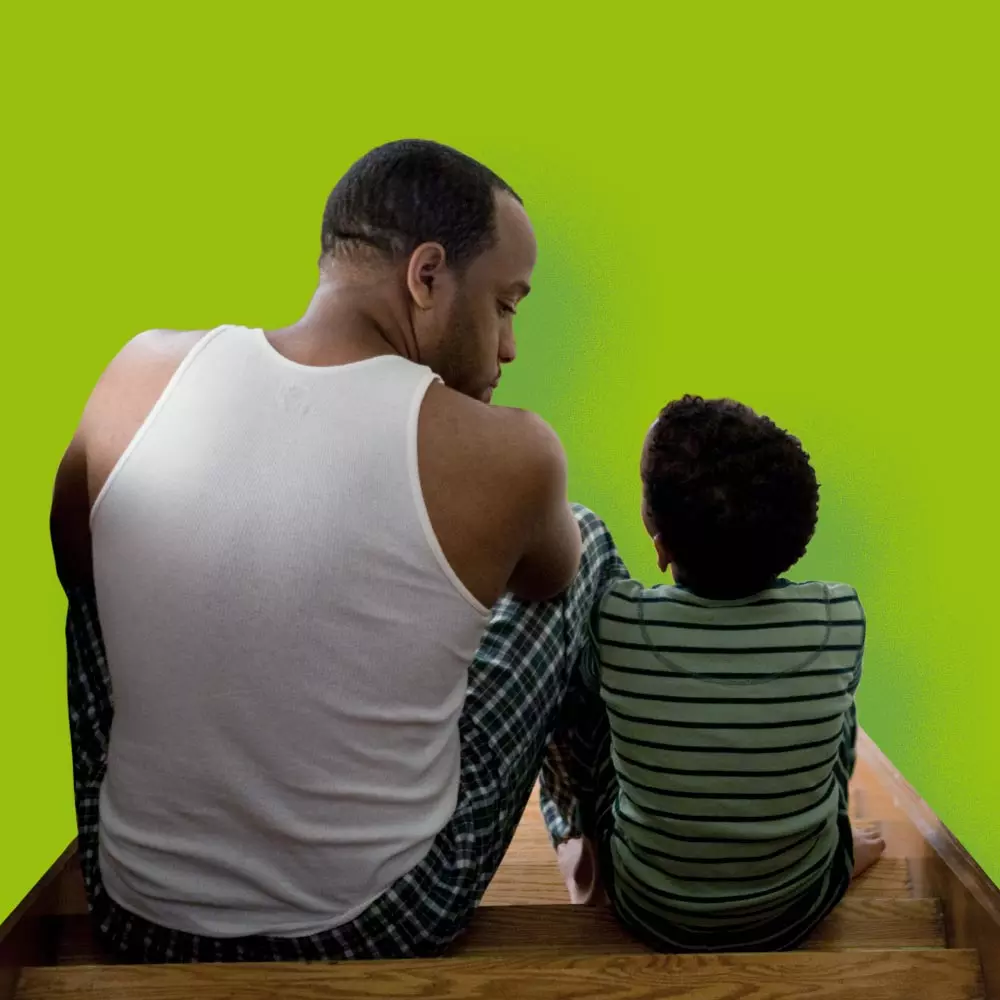

Hero banner custom title
Educating children about sustainable consumption
4 min
Children today are subjected to countless consumer temptations and impulses, if only because they too are often the target of modern advertising. At the same time, they are more than capable of understanding responsible consumption and all the environmental and social issues that it raises - as long as the concept has been explained in a way that is both simple and which they can picture in their heads.
Knowing how to explain the issues
According to Laelia Benoit, a Yale University (USA) child psychiatrist and researcher, “Children can be told everything as long as age-appropriate words are used”. According to this specialist, who is particularly focused on eco-anxiety among the very youngest, children are fully capable of grasping environmental issues if the explanations given are both simple and complete. This might include, for instance, ways of talking about the origins of plastic materials and the pollution that generates by offering concrete examples like single-use packaging.
“There is no problem with asking a child to imagine that its family refuses the solid container every time it goes shopping because then it no longer has to buy plastic bags that end up being thrown away. This can be followed with the idea that the end result will be fewer rubbish bins, and that reducing waste is important for the planet because it keeps the street from becoming so dirty. Especially since rubbish bins regularly end up in the ocean, which is really bad for the fish''.
Using animals as an example helps to make children more empathetic.
The basic principle here is to apply simple reasoning using images that the children are familiar with (like the family garden) and where they will be able to project themselves. Regarding concepts like plastic litter, Benoit suggests that it is “possible to say to a child, 'If you throw plastic on the ground, it’ll never go away and will keep all the plants from growing. But if you dump something made out of wood, it will gradually turn into soil and plants will be able to grow there. That's why I want your toys to be made out of wood and not plastic. That way, when many many years go by and your toy gets very old and ends up being thrown away, it will be able to feed the plants and help them grow’ The point being to frame a concrete story, something that the child can see or touch” – including, as Benoit also suggests, by drawing a picture of the idea to further enhance the child’s ability to empathize with it.
Proposing solutions and accepting frustration
With respect to social sustainability, there is no need to use brutal language when evoking the difficult working conditions suffered by the people making the product that the child wants. On other hand, no subject is taboo. The important thing is to avoid making the child feel guilty and to finish the discussion on a positive note. As Benoit says, “Always end with a possible solution, like suggesting that only one pair of shoes be bought at first and then only because it is really necessary, and that the next pair will only be purchased once the child has grown. Or saying that’s the reason for wearing hand-me-downs”.
Lastly, there is nothing wrong with not giving children everything that they ask for. In Benoit’s opinion, “The challenge is to explain something without giving the impression that it needs to be justified. Children should not be convinced one way or the other. They may become frustrated if they don’t get what they want but it’s also a parent’s responsibility to teach that very real life lesson to them”. Of course, some parents will struggle under these conditions with a sense of guilt. On the other hand, a good number of families have found it eminently feasible that rules be set (like never buying plastic toys) without the children suffering from the experience – especially given that some children might actually draw a certain satisfaction from this kind of situation, i.e. they may feel that they are doing a good deed when they consume differently – again, as long as this has been explained to (and understood by) them.
Commenting daily on children’s actions to make sure they internalize the lessons
Without explanations, children cannot understand the ins and outs of their parents’ responsible behavior, even if they act in the same way. Hence the need to comment on their actions every day. This can be achieved by sharing household chores, by shopping or cooking together or by explaining why a particular product has been chosen.
“The importance of explaining things to children is that this helps them understand why they must behave in an environmentally-friendly manner. Otherwise they won’t be able to distinguish between doing their homework versus turning off the lights”.
Lastly, children retain information better if they understand that their parents really care about the topic in question. As Benoit concludes, “Sharing one’s values is a visceral thing and children really do feel it. What matters are the words used, the explanations but also the attitudes and the emotional charge. In the end, it is up to grown-ups to demonstrate, day in day out, how it is possible to lead a good life while respecting the planet. A sustainable way of living is learned above all by example. People talking the walk must also walk the walk”.











